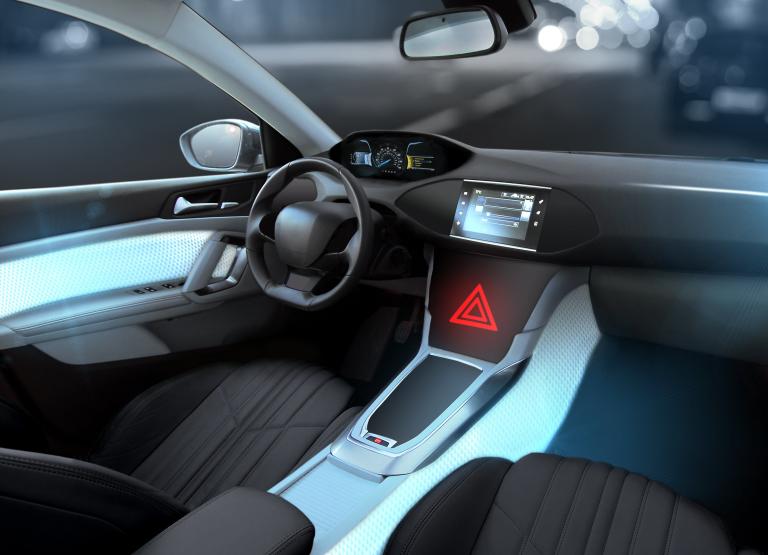What happens when the 'check engine' light comes on in an autonomous car?

All vehicles wear down over time. Like most aspects of our driving experience, automation promises to transform the way we repair them.
Imagine you’re driving and the 'check engine' light pops on. Although you don’t know exactly what needs to be fixed, you'd likely prioritize this alert, as you need your vehicle to remain in optimal condition. When we're all driving hyper-connected vehicles, you likely won't have to do too much to actually get your car fixed.
Connected cars can call home for a tune-up
The most obvious change will be that car maintenance will center around over-the-air software. With this service, vehicles can communicate their condition with manufacturers on the go. For instance, if a code error is detected on one of a car’s sensors, a central server can be alerted and machine-learning algorithms will be able to learn to identify the problem in the future.
Likewise, onboard computers can run diagnostics on physical components in real-time, allowing them to detect stress-points and to adjust the vehicle to minimize it accordingly. This sort of predictive maintenance would allow vehicles to get the most mileage out of individual parts and only replace them when necessary. (You can read an example of this in Timo Littke’s detailed account.)
Of course, these diagnostic tools would make visits to the mechanic more efficient, but they won’t replace them all together. When thinking about how automation will affect the future of the body shop, we’ll have to be a little bit speculative, but current developments offer a guide.
A new face for the local garage?
One obvious change will be that mechanic shops will look less like the garages of the past and more like where you go to get your computer repaired. Old fashioned car mechanics and computer engineers will work in tandem. With so many sensors and computers onboard modern vehicles, it has already become necessary for mechanics’ shops to hire engineers who can precisely test and recalibrate vehicles’ sensors.
A trip to the shop will likely be much shorter as well. When computers can identify precisely what part needs change or adjustment, it will mean the elimination of time consuming trouble-shooting on the garage’s side.
Ultimately, our cars will take themselves in
But who says drivers will even need be there? In a fully automated future, a vehicle may be able to go to the shop without its owner. Rather than trying to cram a trip to the garage in the middle of your workday, your vehicle could just go overnight and be repaired while you sleep. Imagine waking up to a newly serviced car in your driveway!
Beyond this point is a little more difficult to ascertain — we can surely expect repair shops to automate as much as the cars they service, but the future of car maintenance looks like it will lead to more efficient and safer vehicles for everyone.
Sign up for our newsletter
Why sign up:
- Latest offers and discounts
- Tailored content delivered weekly
- Exclusive events
- One click to unsubscribe